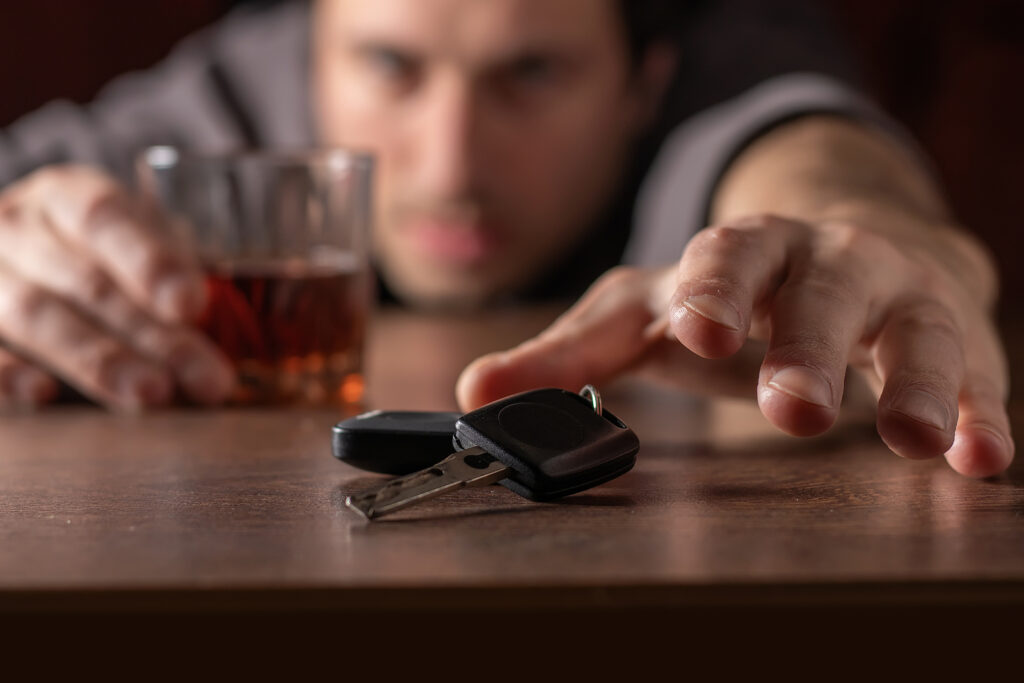Introduction
Greetings to our community in Illinois! If you’re here, it’s likely because you or someone close to you is facing the challenges of a DUI charge. At our law firm, we have extensive experience in DUI defense across Illinois. We’ve encountered all sorts of cases, from straightforward to complex, each with its unique set of evidence ranging from 911 calls to body cam footage. The journey to a fair trial is often complex, and understanding the nuances of DUI evidence is crucial. Let’s dive into the intricacies and potential flaws of this evidence.
Key Question: What Are the Most Important Pieces of Evidence in a DUI Case?
The most crucial pieces of evidence in DUI cases are breathalyzer and blood tests for BAC levels, field sobriety tests, body cam and dashcam footage, 911 call records, police reports, and witness testimonies.
The DUI Evidence Collection Process
Overview of Evidence Types
In DUI cases, the evidence can range widely. It includes 911 calls, which might be the initial trigger for police involvement, videos from body cameras and dashcams, and tests conducted on the side of the road or back at the station. Each piece plays a critical role in shaping the case.
Legal Standards
Each type of evidence is governed by specific legal standards. These standards are there to ensure fairness and accuracy, but the reality is often far from ideal.
Breaking Down the Evidence
911 Calls
Imagine a bystander makes a 911 call reporting erratic driving. These calls can set the stage for a DUI investigation, but they’re based on subjective observations and can sometimes lead to unwarranted stops.
Officer’s Body Worn Camera and Dashcam Videos
Body cams and dashcams are meant to provide an unbiased viewpoint, but they don’t always capture the full context. The reason for the traffic stop, the administration of field sobriety tests—all these should be recorded. Yet, technical issues or selective framing can paint an incomplete picture.
Videos from the Police Station
These can include further testing or interactions between the accused and law enforcement. While seemingly objective, they can also be subject to interpretational biases.
Field Sobriety Tests
The three standard tests—horizontal gaze nystagmus, walk and turn, and one-leg stand—are subjective and influenced by various factors like stress, fatigue, or even the environment in which they are conducted.
Portable Breath Tests
These roadside tests are quick but not always accurate. They can give a preliminary measure of intoxication but are prone to errors due to calibration issues or improper administration.
Intoxilyzer Breath Test
Conducted usually at the station, this test is admissible in court. However, like its portable counterpart, it’s not immune to flaws. Calibration and maintenance of the device are crucial for accuracy.
Blood and Urine Tests
Though not present in every case, these tests are considered more reliable. However, they’re not without their own set of issues, like potential contamination, improper handling, or delays in testing.
The Impact of Flawed Evidence
Real Cases, Real Consequences: A Tale of Misreported Evidence
In our years of DUI defense, we’ve encountered numerous cases where the evidence presented in the police report didn’t match the reality captured on body-worn camera footage. One such case vividly stands out, showcasing the critical importance of scrutinizing every piece of evidence.
Our client, whom we’ll call Michael, was a middle-aged professional with no prior run-ins with the law. One evening, after attending a dinner party, he was pulled over for a minor traffic violation. The officer suspected intoxication and conducted standard field sobriety tests. The police report later painted a picture of Michael failing these tests miserably, leading to his DUI arrest.
However, when we obtained the body-worn camera footage, a vastly different story emerged. As we meticulously reviewed the video, we identified not one, not two, but at least seven instances where the officer’s instructions during the sobriety tests deviated from the standard protocols taught at the police academy. These deviations were not minor; they were significant enough to compromise the validity of the entire testing process.
For instance, during the walk-and-turn test, the officer’s instructions were unclear and contradictory. Michael was told to start before the instructions were completed, a direct contradiction to the standardized procedure. During the one-leg stand, the officer failed to provide essential details about how long Michael was supposed to hold the position. These discrepancies raised serious questions about the accuracy of the officer’s observations and report.
Armed with this evidence, we approached the trial with a strategy focused on these inconsistencies. During cross-examination, we systematically highlighted each deviation from the standard protocol, contrasting the officer’s actions in the video with the proper procedures. The cross-examination was thorough and relentless, exposing the gaps between the report and the actual events.
The turning point came when the judge, after reviewing the footage and hearing our arguments, expressed doubts about the officer’s credibility. It became clear that the sobriety tests, as conducted, were not reliable indicators of our client’s sobriety. Consequently, the judge found the evidence insufficient to support the DUI charge.
At the conclusion of trial, the judge ruled in favor of our client, declaring him not guilty of the DUI charge. This case was a testament to the power of diligent legal work and the importance of challenging every aspect of the prosecution’s evidence. It also highlighted a crucial lesson: the truth often lies in the details, and in the world of DUI defense, leaving no stone unturned can make all the difference.
Legal Implications
Incorrectly interpreted or flawed evidence can lead to severe consequences, from wrongful convictions to unnecessary penalties. It’s a matter that affects not just the present but can have long-lasting impacts on a person’s future.
Building a Robust Defense Strategy
Challenging the Evidence
In our practice, we meticulously analyze each piece of evidence. From the initial 911 call to the final blood test, every detail matters. We look for inconsistencies, technical errors, and procedural lapses.
The Power of Expert Testimony
In many cases, expert witnesses play a pivotal role. They provide an objective analysis of the evidence, often challenging inaccuracies in the prosecution’s narrative.
Understanding and Asserting Your Rights
Remember, the law presumes innocence until proven guilty. Knowing and asserting your rights is not just important; it’s your armor in the face of legal challenges.
Conclusion
Navigating the Complexities
The path of DUI defense is complex, with each piece of evidence holding significant weight. Understanding the potential flaws in this evidence is key to building a strong defense.
Taking Action
If you’re facing DUI charges, prompt action is crucial. Equip yourself with a legal team that understands the nuances of DUI evidence and is committed to defending your rights.
Here to Support You
Our law firm is committed to guiding and supporting our clients through the intricacies of DUI cases. With over 100+ years of traffic experience in Chicagoland and over 10,000 people helped, our dedicated team of legal assistants, case managers, and seasoned attorneys have seen the impact of flawed evidence and have successfully navigated these challenges. If you need assistance or have questions, we’re here for you.



